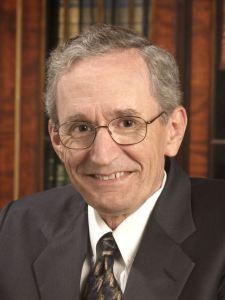The New York Times on “The Little Known Statistician” Who Passed

As many of you may recall, I wrote a post last March about the passing of William L. Sanders at age 74. Sanders developed the Education Value-Added Assessment System (EVAAS) — the value-added model (VAM) on which I have conducted most of my research (see, for example, here and here) and the VAM at the core of most of the teacher evaluation lawsuits in which I have been (or still am) engaged (see here, here, and here).
Over the weekend, though, The New York Times released a similar piece about Sanders’s passing, titled “The Little-Known Statistician Who Taught Us to Measure Teachers.” Because I had multiple colleagues and blog followers email me (or email me about) this article, I thought I would share it out with all of you, with some additional comments, of course, but also given the comments I already made in my prior post here.
First, I will start by saying that the title of this article is misleading in that what this “little-known” statistician contributed to the field of education was hardly “little” in terms of its size and impact. Rather, Sanders and his associates at SAS Institute Inc. greatly influenced our nation in terms of the last decade of our nation’s educational policies, as largely bent on high-stakes teacher accountability for educational reform. This occurred in large part due to Sanders’s (and others’) lobbying efforts when the federal government ultimately choose to incentivize and de facto require that all states hold their teachers accountable for their value-added, or lack thereof, while attaching high-stakes consequences (e.g., teacher termination) to teachers’ value-added estimates. This, of course, was to ensure educational reform. This occurred at the federal level, as we all likely know, primarily via Race to the Top and the No Child Left Behind Waivers essentially forced upon states when states had to adopt VAMs (or growth models) to The New York Times on “The Little Known Statistician” Who Passed | VAMboozled!:

